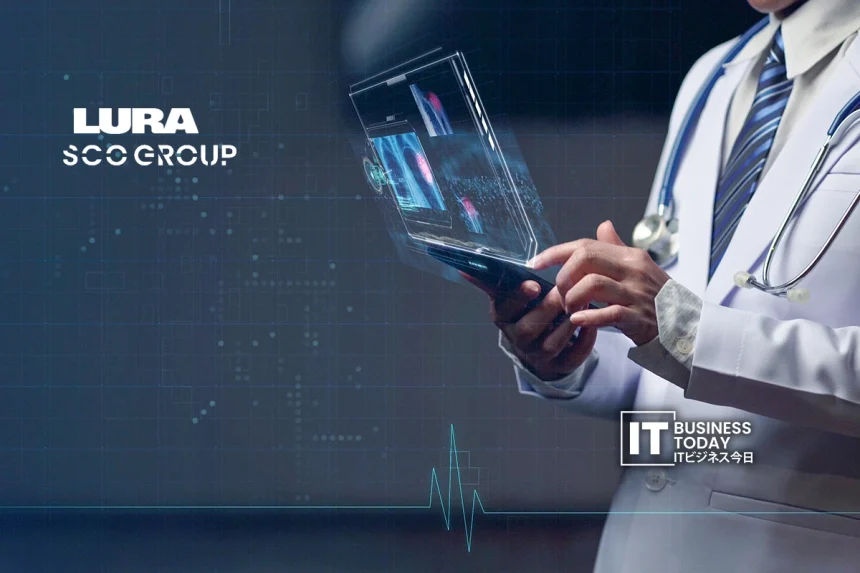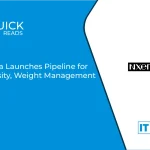Lura Health has teamed up with SCO Group. Lura Health, a U.S. health tech innovator, partners with SCO Group, a top player in Japan’s dental technology market. This partnership plans to use Lura Health’s advanced intraoral sensor technology in clinics throughout Asia. It also aims to broaden its use worldwide.
Lura Health leads in creating wearable microsensors for the mouth. These sensors can attach to dental devices or bond directly to teeth. They gather real-time biometric data, like salivary pH levels and metabolites. The company is creating a new healthcare model. It focuses on tracking overall health by looking at biomarkers in the mouth.
Purpose and Background of the Partnership
Lura Health created the world’s first continuous intraoral salivary monitoring sensor. They are now seeking approval from the U.S. Food and Drug Administration (FDA), aiming for early 2027. After FDA clearance, the company will expand into Asian markets, starting with Japan.
Also Read: Fast Doctor, Secom OWEL Begin API Link for Patient Data
SCO Group, famous for its dental clinic management platform “Pay Light X,” provides a complete solution. It covers everything from appointment scheduling to diagnostics, payments, and aftercare. This makes it a perfect fit for Lura’s technology. This partnership will set a new standard for preventive healthcare in Japan.
Highlights of the Partnership
Lura’s intraoral sensors provide real-time tracking of oral health. They monitor pH levels and other salivary indicators continuously. These abilities could improve or even take the place of old lab tests.
Integration with SCO Group’s “Pay Light X” Lura Health will embed its technology into SCO Group’s clinical systems. This will help dental professionals and patients by making deployment easier. Joint pilot programs with universities and research institutions in Japan will launch this fall. These programs aim to support clinical validation and gather feedback from end users.
Broader Health Applications Lura Health’s sensor technology goes beyond dentistry. It shows potential in sports performance monitoring, elderly care, and overall wellness. This makes it a key tool for managing health in a holistic way.
This partnership is a big step. It aims to change oral health monitoring. Now, it can provide global, real-time health insights.







